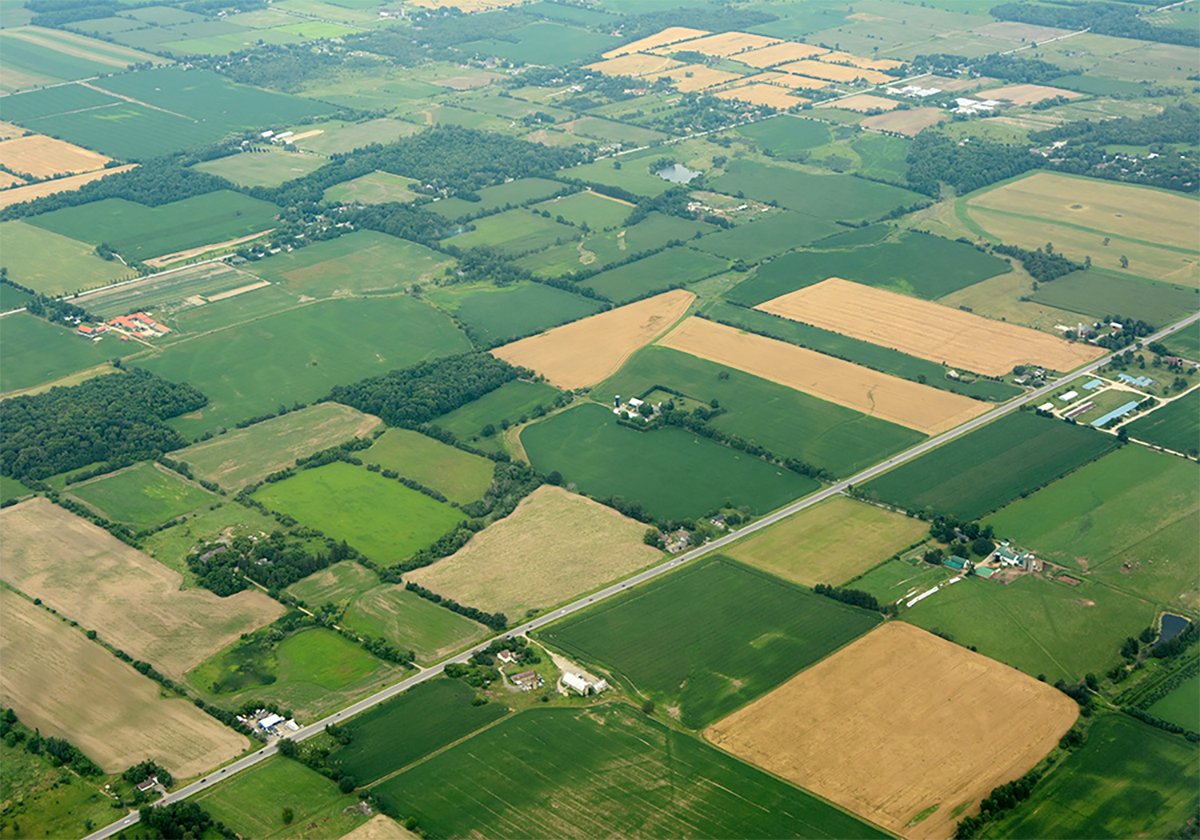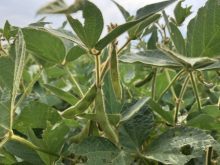Imagine losing $2.3 million US in one year from one disease. This
wouldn’t include the economic losses associated with feed inefficiency,
but only financial losses linked to the deaths.
In Ontario, a large hog facility suffered this economic disaster. A
study of the operation was prompted by an unusually high
grower-finisher death rate.
The farm’s average weekly inventory was 544,531 pigs, of which 100,000
were sows. During the 23-week survey period, 36,812 pigs died. This
loss of 1,600 pigs per week, including those culled or destroyed, meant
Read Also

Higher farmland taxes for investors could solve two problems
The highest education and health care land tax would be for landlords, including investment companies, with no family ties to the land.
that mortality over a 16-week growing period – the time each pig spends
in the barn – was 4.6 percent.
Post mortem examinations revealed that 27 percent of the pigs died from
gastric ulcers. The financial losses were attributed directly to this
disease. The pigs that died bled to death after the rupture of a major
stomach wall artery. Pneumonia was the second most common disease,
accounting for 10 percent of deaths.
In most swine herds, annual death loss from ulcers can reach one
percent or higher, and culling losses due to ulcers can be three to
five percent. These statistics were in stark contrast to those of the
Ontario finishing barn, where there was a one percent loss due to
ulcers in each rotation, not each year.
The researchers investigating the operation examined the stomachs of
all pigs from the herd sent to slaughter over a two-week period. Their
report, published in the Canadian Veterinary Journal, revealed that
only six percent of the stomachs they checked were normal. Ninety-four
percent of the pigs had mild to severe gastric ulceration.
The high incidence of ulcers means many pigs had lesions. Though they
were not clinically ill, they probably suffered a significant reduction
in their production performance.
The presence of gastric ulcers is closely linked to fine particle-size
and pelleted diets. Though these feed forms promote stomach ulcers,
they have also been proven to improve growth rate and boost feed
efficiency. In fact, pelleted feed increases average daily gain by five
percent and feed conversion by seven percent. Feed conversion is
boosted by as much as eight percent if the feed particle size is
reduced from 1,000 millimetres to 400 mm.
A balance must be reached between maximizing performance and minimizing
ulcer formation. A complete switch to a coarsely ground mash feed to
prevent ulcers could never be economical, even if the death loss caused
by stomach ulcers dropped to zero.
Ulcer formation can also be triggered by feed withdrawal. In the
operation under study, feed was taken away from pigs for one day a week
to allow weighing and preparation for marketing. This would have no
effect on the largest pigs that were sent to slaughter, but the time
off feed could contribute to the development of ulcers in pigs that
remained in the barn.
Allowing access to feed right up to slaughter may reduce gastric
ulcers.
Unfortunately, it will also
increase the incidence of pale, soft, exudative pork, or PSE, which can
result in condemned carcasses. This risk discouraged the Ontario farm
from feeding its finishing pigs right up to the day of
marketing.
Another way to manage gastric ulcers is to medicate the pigs’ feed or
water. The medication cannot have a withdrawal time because the pigs
are sent to slaughter so quickly. Sodium bicarbonate, which buffers
stomach acid, meets this requirement, but results have been
inconsistent.
Controlling gastric ulcers is not a simple process when the ideal
treatment and prevention programs have negative effects on other
factors that affect financial return.
Jeff Grognet is a veterinarian and writer practising in Qualicum Beach,
B.C.














